Satin Rabbit
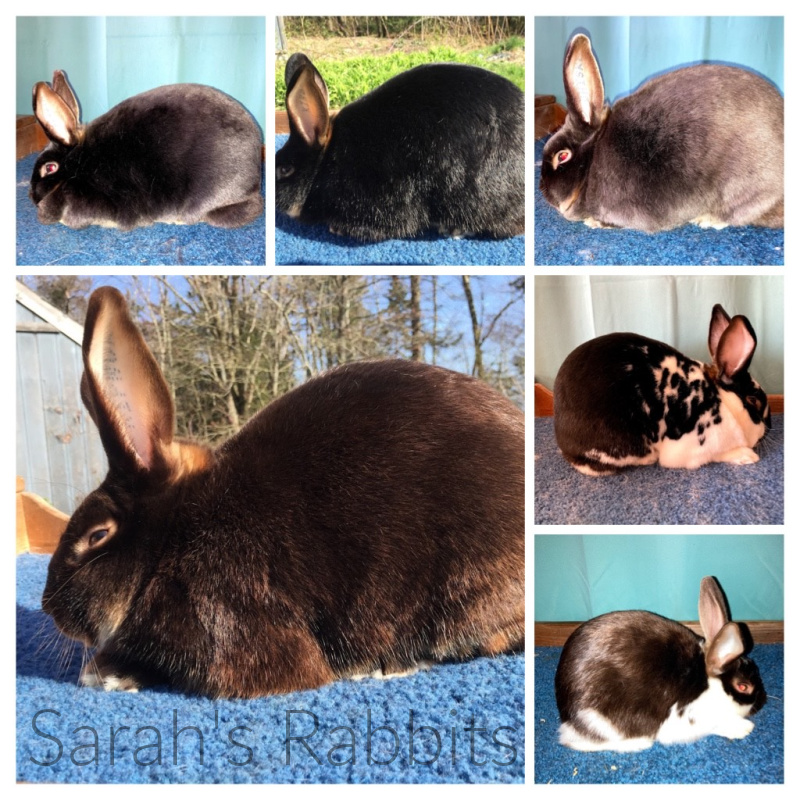
Satin Rabbit – This page provides the history, description, photos, and standards of both Satins and Mini Satins. Determine if one of these breeds with translucent shiny fur, are right for you.
The history of the Satin is similar to that of the Rex breed. Both are due to a sudden heritable mutation of fur genetics, and both were so attractive that a new breed was the eventual result.
Mini Satins were developed recently, and are nothing more than miniaturized satins.
(Pictured: Beautiful satin rabbits at Sarah's Rabbits in Brunswick, ME.)
History of the Satin Rabbit
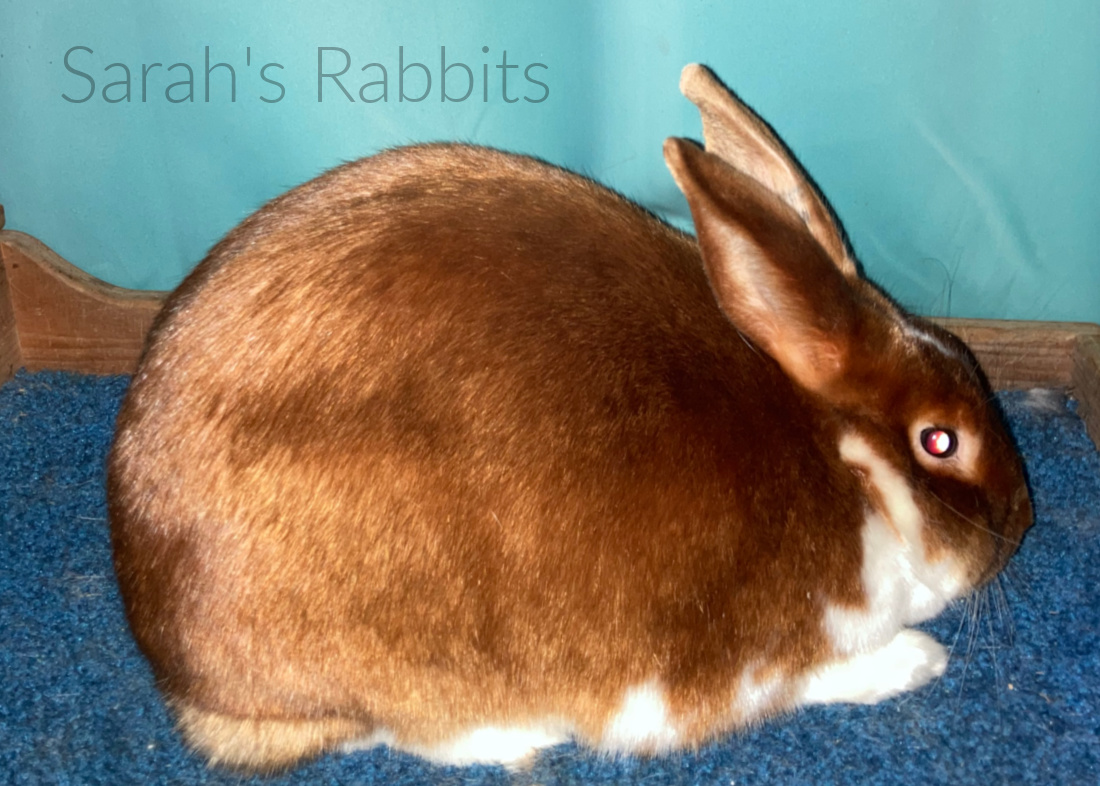 (Pictured: Broken red satin rabbit at Sarah's Rabbits in Brunswick, ME.) |
The first “satinized” rabbit fur appeared in Havana rabbits owned and bred by the well-known and dedicated Mr. Walter Huey, in 1934. Mr. Huey knew a good thing when he saw it. He entered these super-shiny Havanas in the next rabbit show. His fellow breeders were not happy! After an enormous hue and cry, the satinized Havanas were made a separate variety with the name “Satin Havana.” They were accepted by the National Havana Club and would compete against each other. As happened in the Rex world, breeders of other rabbit breeds were enthralled with the glossy sheen of these new Havanas. It was a simple matter to insert this recessive gene into the genetics of many other breeds of rabbits. |
|
By 1946, 12 years later, it was clear that the satinized hair trait had expanded well beyond just Havanas. The American Satin Rabbit Breeders Association was formed in order to support the creation of a new breed, the Satin Rabbit. They initially recognized just 2 varieties – whites and chinchillas. |
 (Pictured: REW satin rabbit at Sarah's Rabbits in Brunswick, ME.) |

The breed went through the usual growth pains from 1946 to 1985. By 1956, 8 additional varieties had been added. The Broken variety came along in 1985, and Otters followed in 2001.
Satinized fur is the result of a simple recessive gene mutation that narrows the diameter of the hair shaft and results in translucent fur. The pigmentation is intensified and the fur carries an unmistakable sheen. The glassy brilliance of the fur is remarkable.
(Pictured: Broken black satin rabbit at Sarah's Rabbits in Brunswick, ME.)
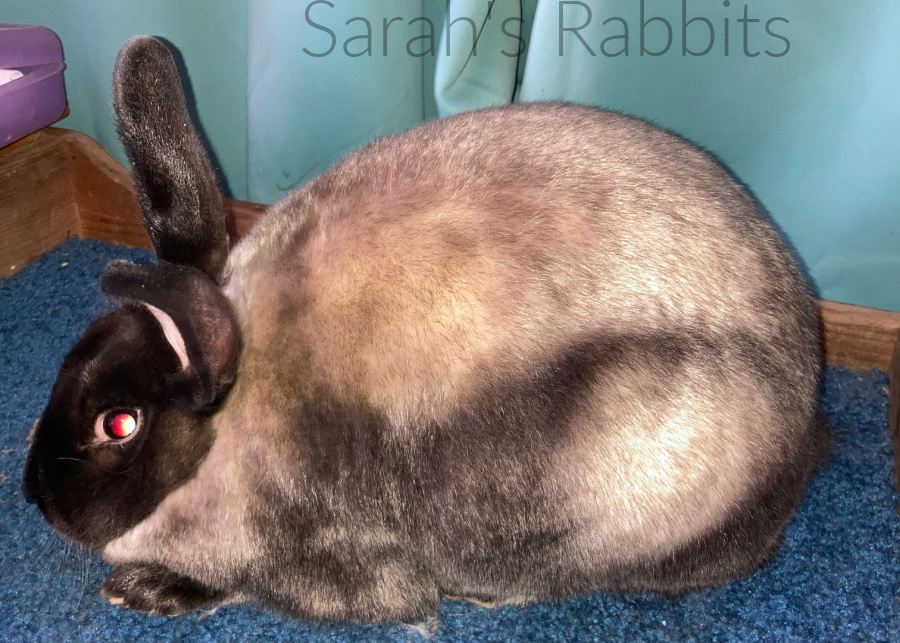 (Pictured: Siamese satin rabbit at Sarah's Rabbits in Brunswick, ME.) |
Today Satins can be found in 11 different colors, and a 12th, Lilac, is under development:
|
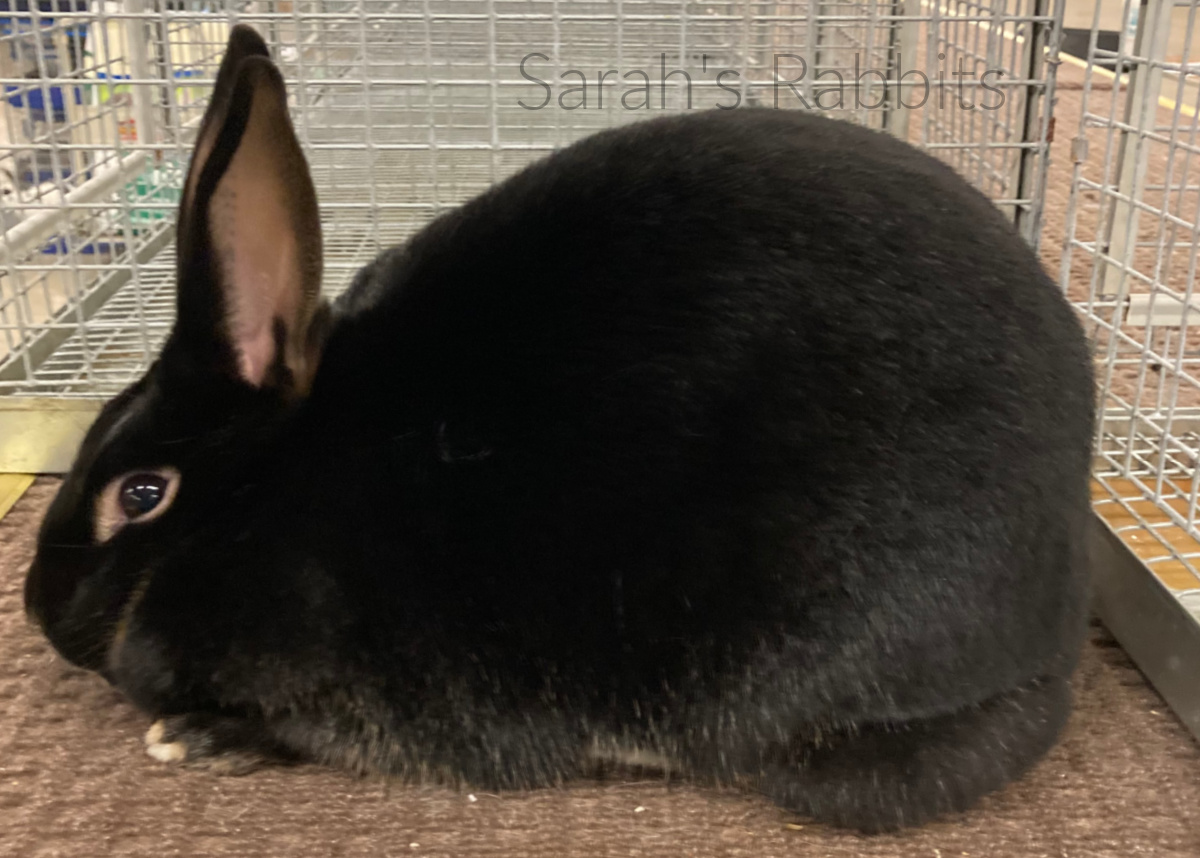
Adult bucks weigh up to 10.5 pounds (4.77 kg); adult does weigh up to 11 pounds (5 kg). The rabbit should have a commercial body type, as deep as it is wide, well filled out and muscular.
Satins are now recognized globally.
National Club for both the Satin and the Mini Satin in the USA:
American Satin Rabbit Breeders Association
(Pictured: Black satin rabbit at Sarah's Rabbits in Brunswick, ME.)
Mini Satin Rabbits
Mini Satins are miniaturized Satins by way of full-sized Satins bred to Netherland Dwarfs and (probably) Polish. The breed is a fairly new one.
History of the Mini Satin Breed
The Mini Satin project began as the brainchild of Ms. Ariel Hayes (Michigan) in the late 1970’s. In 1982, she gave up her quest, and sold her animals as pets or food.
This wasn’t the end of the matter. From the mid-1980s all the way to 1999, various breeders contributed to the attempts to create tiny Satins. The shape of the rabbit shifted from satinized Netherland Dwarf (“Satinette”) to a more full-bodied yet compact animal, now called a Mini Satin. Nevertheless, the ARBA presentations failed in both 1998 and 1999.
Mr. J. Leo Collins then obtained a Certificate of Development, and tightened his focus to only two varieties, albino white, and red, in order to improve the overall quality of the rabbits.
The strategy worked.
Bunnies Day Out!
You want your fluffy friend to enjoy life with you, so now you can take them along in comfort and style in a fashionable tote from Oskar and Friends. THREE beautiful styles and smart color choices!
Totes can accommodate up to a 15 pound rabbit. These high quality carriers are only $65 for all styles and colors, making them very reasonable gifts.
- Adjustable safety tether and zip top mesh for extra security
- Easy to clean
- Constructed of faux leather
- Machine washable bed pad
- Multiple pockets for carrying treats and belongings
Learn more about the many features of the Oskar & Friends pet carriers.
Mini Satins in a single variety, REW, were accepted as the 47th breed in 2006.
The reds failed, but not for long. In the USA in 2024, Mini Satins are now accepted in 5 varieties:
- Red-Eyed-White (pictured)
- Red
- Chinchilla
- Opal
- Siamese
- Smoke Pearl
Development of 17 additional varieties is in full swing: Blue, Blue Siamese, Broken, Californian, Chocolate, Chocolate Agouti, Copper, Gold Tipped Steel, Lilac, Otters (all 4 colors), Sable, Silver Martin, Silver Tipped Steel, Smoke Pearl, Squirrel, Tan Group (all 4 colors), and Tortoise (all 4 colors).
They weigh up to 4.75 pounds (2.15 kg), with the ideal weight being 4 pounds (1.818 kg).
New Mini Satin Variety
The 2024 ARBA convention approved this striking little guy to join the luxurious looking Mini Satin breed.
Mini Satins Internationally
Mini Satins in the UK: The BRC recognizes a maximum 5 pound Miniature Satin in “ivory” only.
Mini Satins in Australia: Breeders in Australia have crossed Satins with Mini Rex, and now also accept Mini Satins in a plethora of colors and patterns.
Dwarf Satins in Europe: The
Mini Satin is not found in Europe, where they have and enjoy a Dwarf Satin – a
Netherland Dwarf with satin fur.
Interested in other rabbit breeds?
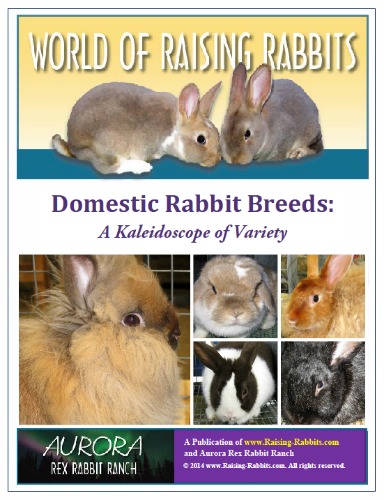
Are you trying to decide which breed is best for you?
Do you see a bunny available, but haven't heard of that kind before?
Are you curious about the different types of rabbits?
Check out our ebook, Domestic Rabbit Breeds. We also have lots of other great books with everything you need to know about rabbits, from housing to healthcare. Check out our BOOKSTORE.
New Year Special! Ring in 2025 with a resolution to learn about rabbits! (It will help you with your resolution to avoid snacking...)
All of our ebooks are ON SALE, 30% off!
Double-Value Guarantee
Our policy is to always OVER-deliver
on value,
which is why your purchase is fully covered by our
Double-Value
Guarantee.
Go ahead - take any of our e-books for a test drive. Peruse our detailed informational and educational e-books. Examine our plans for building rabbit cages, runs, or metal or PVC hutch frames. Check out the Rabbit Husbandry info e-books.
If you aren't completely satisfied that your e-book purchase is worth at least double, triple or even quadruple the price you paid, just drop us a note within 45 days, and we'll refund you the entire cost. That's our Double-Value Guarantee.
Note: When you purchase your
e-books, they will be in PDF format, so you can download them to any device that
supports PDF format. We advise making a back-up copy to a drive or cloud
account. If the books are lost, you can also purchase another copy from Raising-Rabbits.
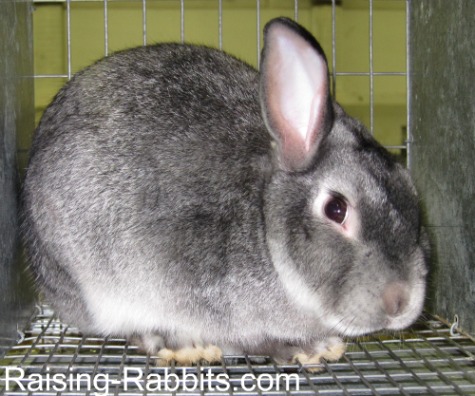
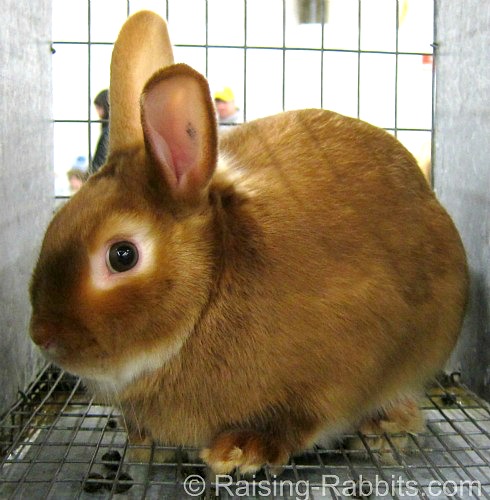
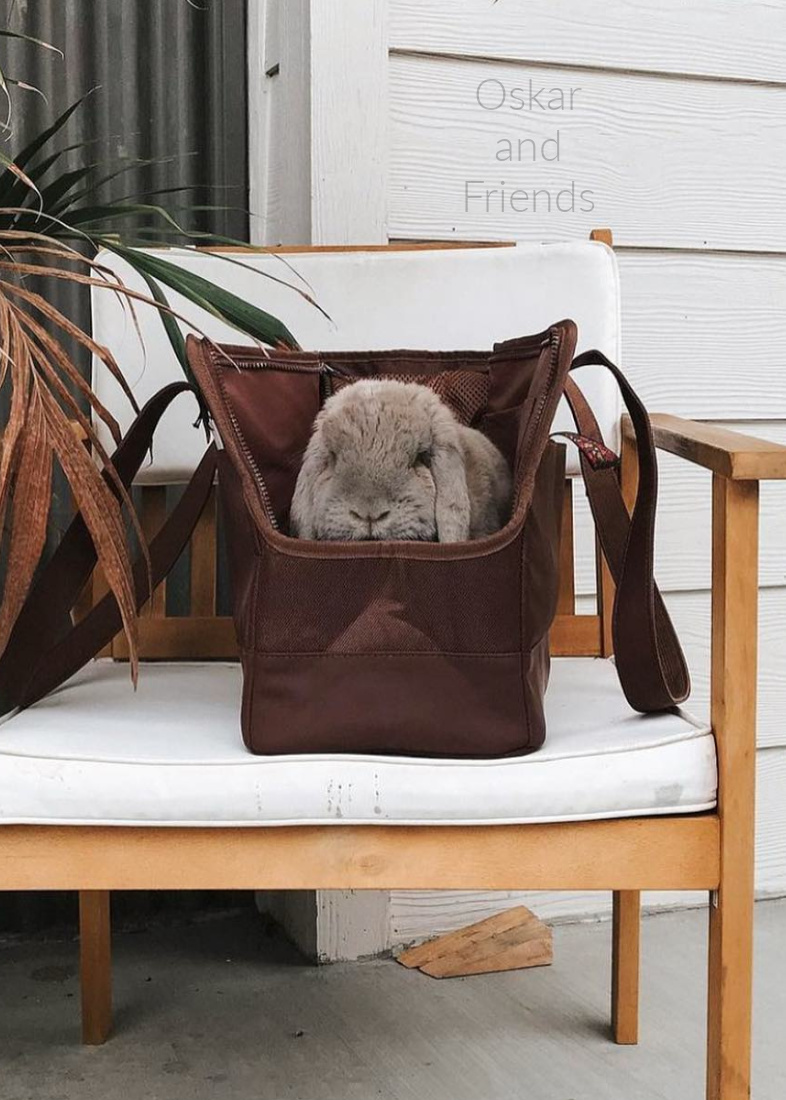
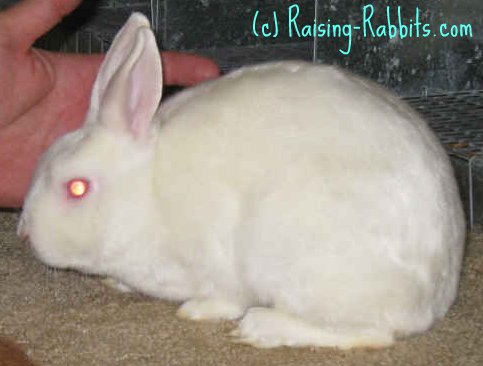
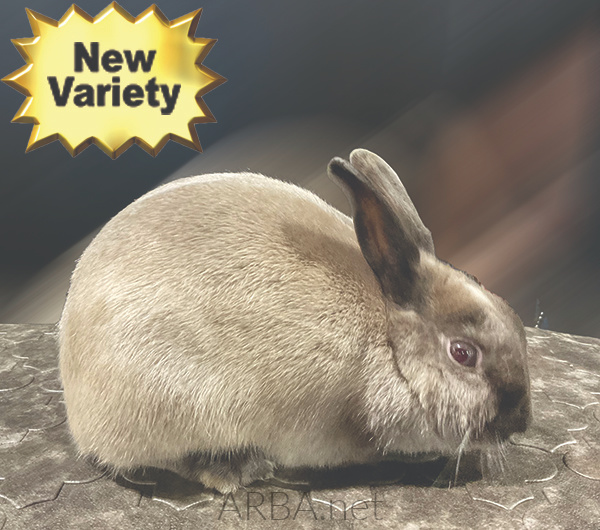










New! Comments
Have your say about what you just read! Leave me a comment in the box below.